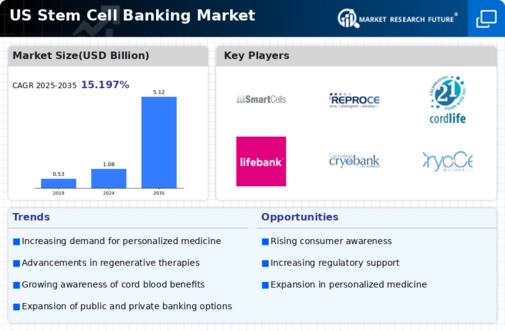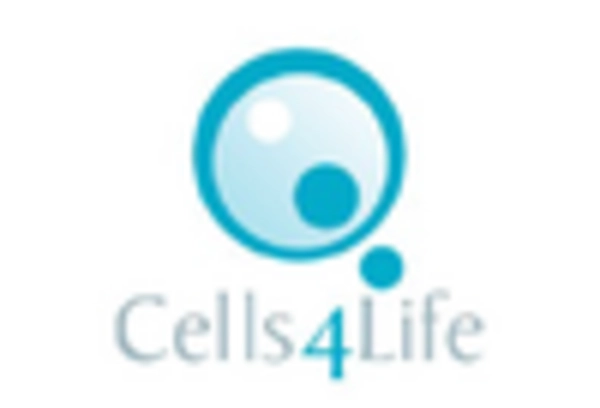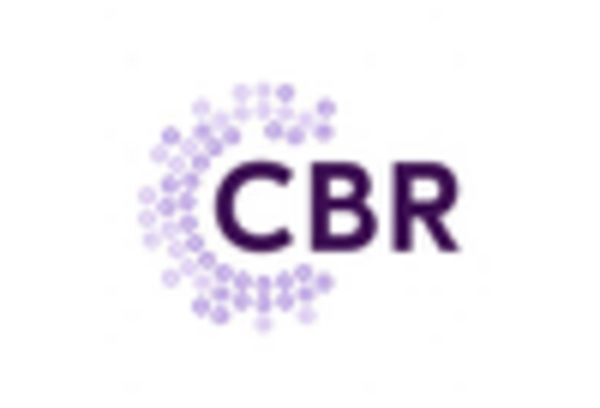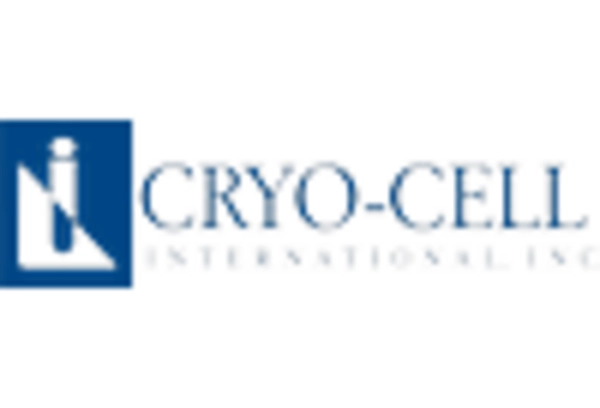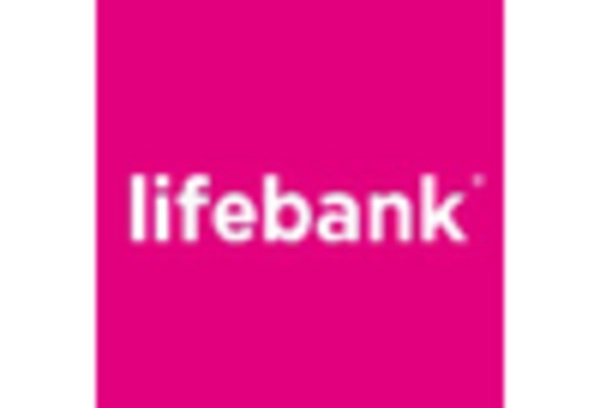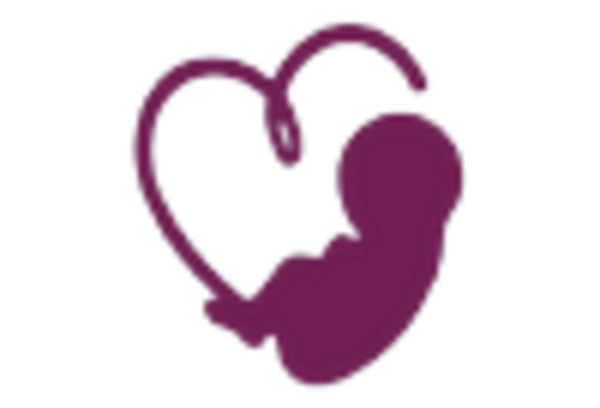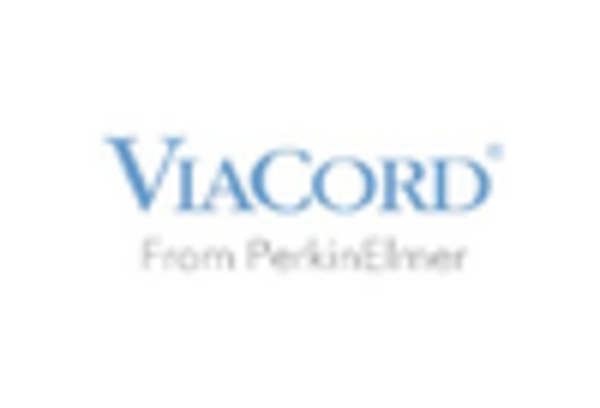Rising Investment in Regenerative Medicine
Investment in regenerative medicine is a critical driver for the stem cell-banking market, as it encompasses a range of therapies that utilize stem cells to repair or replace damaged tissues and organs. In the US, funding for regenerative medicine research has seen a significant increase, with estimates suggesting that investments could exceed $20 billion by 2026. This influx of capital is likely to accelerate the development of new therapies and applications, thereby expanding the market for stem cell banking. As more clinical trials and studies validate the efficacy of stem cell therapies, the demand for banking these cells is expected to rise, positioning the stem cell-banking market as a vital component of the broader regenerative medicine landscape.
Advancements in Cryopreservation Techniques
Advancements in cryopreservation techniques are significantly influencing the stem cell-banking market. Improved methods for freezing and storing stem cells have enhanced the viability and longevity of these cells, making them more appealing for potential therapeutic uses. Techniques such as vitrification, which minimizes ice crystal formation, are becoming more prevalent in the industry. As of 2025, it is estimated that the adoption of these advanced cryopreservation methods could increase the success rates of stem cell therapies by up to 30%. This improvement is likely to drive consumer interest in stem cell banking, as individuals become more aware of the potential benefits of preserving their stem cells for future medical needs.
Increasing Demand for Personalized Medicine
The stem cell-banking market is experiencing a notable surge in demand for personalized medicine, which is increasingly recognized for its potential to tailor treatments to individual patients. This shift is driven by advancements in genomics and biotechnology, allowing for more precise medical interventions. As of 2025, the market for personalized medicine in the US is projected to reach approximately $350 billion, indicating a robust growth trajectory. This trend is likely to enhance the relevance of stem cell banking, as stored stem cells can be utilized for personalized therapies, thereby fostering a greater consumer interest in stem cell-banking services. The increasing prevalence of chronic diseases further amplifies this demand, as patients seek innovative treatment options that stem cell banking can provide.
Growing Public and Private Sector Collaborations
Collaborations between public and private sectors are emerging as a pivotal driver for the stem cell-banking market. These partnerships often facilitate research, funding, and the development of innovative technologies that enhance stem cell storage and application. In recent years, several initiatives have been launched in the US, aiming to bridge the gap between academic research and commercial viability. Such collaborations can lead to improved protocols for stem cell collection and preservation, ultimately benefiting the stem cell-banking market. The synergy between government agencies, research institutions, and private companies is likely to foster advancements that could increase consumer confidence and participation in stem cell banking.
Increased Focus on Genetic Disorders and Rare Diseases
The rising focus on genetic disorders and rare diseases is emerging as a significant driver for the stem cell-banking market. With advancements in genetic research, there is a growing understanding of how stem cells can be utilized to treat various genetic conditions. The US healthcare system is increasingly prioritizing the development of therapies for rare diseases, which affects approximately 1 in 10 Americans. This focus is likely to create a heightened demand for stem cell banking, as families seek to secure potential treatment options for hereditary conditions. As awareness of the role of stem cells in addressing these health challenges grows, the stem cell-banking market is expected to expand in response to this evolving landscape.


